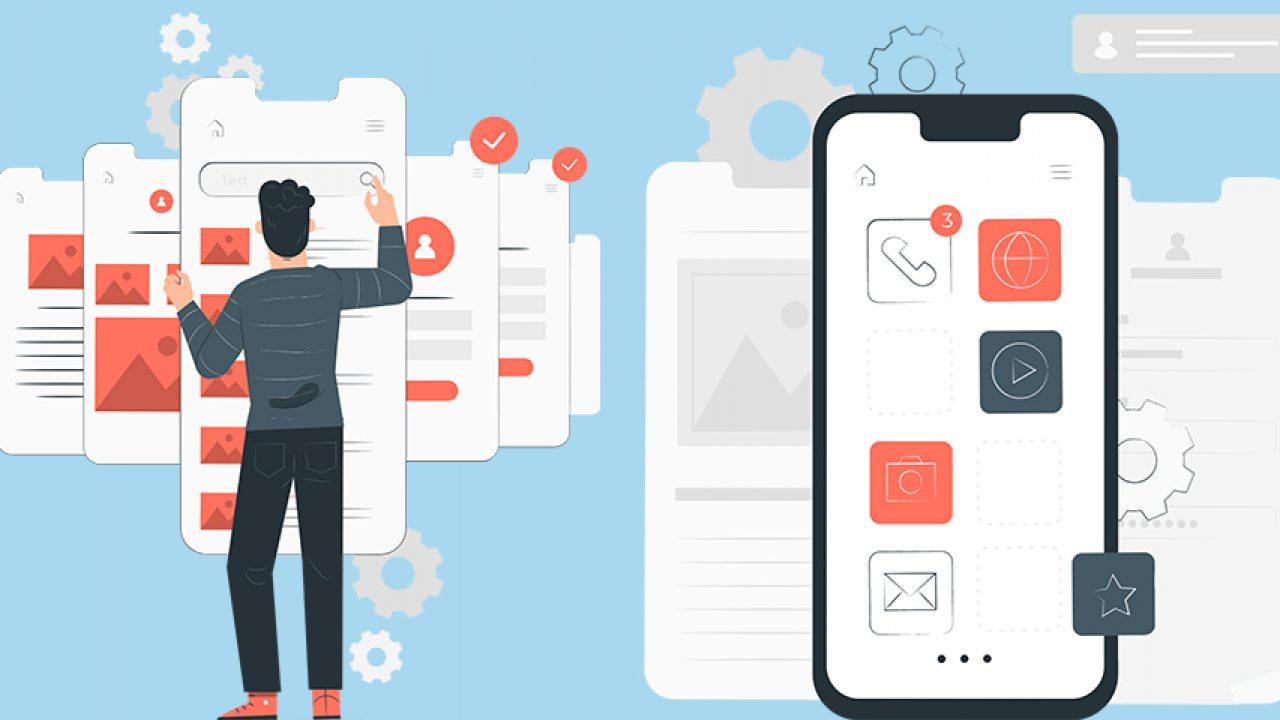Last updated on October 2nd, 2023 at 10:37 am
Cell phones are without a doubt the most significant technical breakthrough of our time.
It has evolved into the essential means of communication on the planet. According
to estimates, the number of mobile phone subscribers would reach $4.77 billion in 2017.
With the increased use of mobile phones, businesses are also rushing to develop
user-friendly applications. Mobile phone users, unlike desktop software users, prefer to
be connected when on the road. Almost 71% want web pages to load as rapidly
as they do on their computers.
But what if this does not occur? Or if a program crashes before starting up.
According to Gartner, by 2017, nearly “75 percent of mobile security breaches would be
the result of mobile application misconfigurations, rather than the consequence of
sophisticated technical attacks on mobile devices.” This is likely to occur since
businesses are not concerned with quality but rather with quantity. What they don’t
grasp is that investing in the correct thing at the appropriate time is key to running a
successful business. The key to a bug-free application is mobile application testing.
Many people assume that mobile testing applications are time-consuming and expensive,
and so do not consider it important. Therefore, mobile app testing organizations are considered in this particular scenario.
What they don’t comprehend is that ‘first impressions are lasting impressions,’ thus
people will not download an app that caused them problems the first time. This can
result in consumer desertion, as well as reputational and financial harm to the
organization. Mobile app testing not only ensures that the app is error-free but also that
it performs as intended in terms of quality and functionality. However, testing mobile
apps have their own set of issues. It is undeniably a time-consuming process because
testers and developers are confronted with far too many possibilities for mobile phones
such as:
- Various operating systems (iOS, Android, Symbian, Blackberry RIM)
- Various devices (phone manufacturers)
- Various Internet speeds (3G, 4G, LTE, Wi-Fi)
- Various screen sizes
- Various networks

Software Testing Lead providing quality content related to software testing, security testing, agile testing, quality assurance, and beta testing. You can publish your good content on STL.



